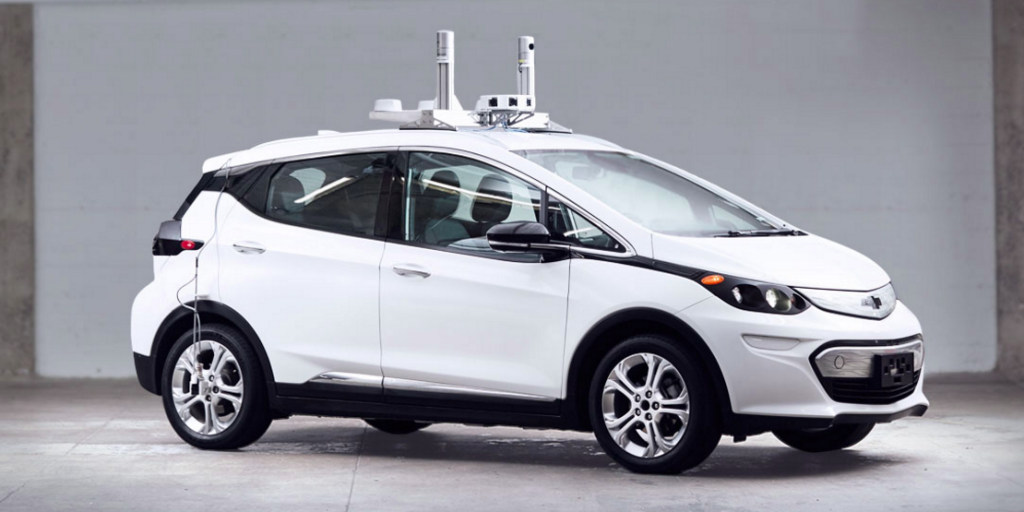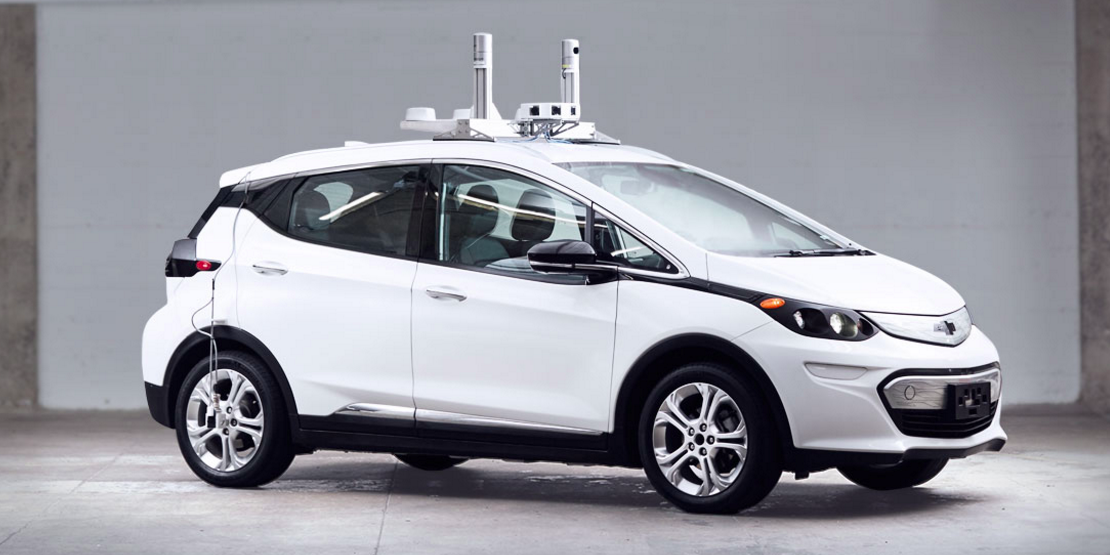
This May 3 to May 6, the Brooklyn Navy Yard’s Duggal Greenhouse is hosting the inaugural Smart Cities NYC conference and expo. Smart Cities NYC is ambitious in its scope, with a global selection of speakers whose backgrounds include government, the tech industry, academia, real estate/development, and design. Autonomous vehicles, public health, construction technology, resilient urban landscapes, and the Internet of Things (IoT) are just a few of the subjects being discussed. The Architect’s Newspaper is covering the first two days of the conference—stay tuned for another article tomorrow!
Transportation was a fixture of the first day’s programming. At the “Integrated Urban Mobility” panel, the conversation revolved around how car and bike sharing companies were changing cities and their streetscapes. The panel kicked off with an urban design question: How will cities treat curbside parking now that, with the advent of car sharing, it’s less necessary? Now that it’s free for other uses, “space along the curb [may soon] be very valuable,” said Jay Walder, CEO of bike share company Motivate. However, “one of the most challenging things cities need to do” is to determine how to regulate, share, and maintain these spaces as private care ownership disappears.
Excited to be at #SCNYC17! Kicking off the afternoon with a panel on urban mobility with panelists from Zipcar, car2go, and more. pic.twitter.com/45Vw7VFhmh
— Architects Newspaper (@archpaper) May 3, 2017
While parking may be a relative afterthought for architects, it was a critical part of the transportation future for the panelists. Aaron Landry, general manager of car2go North America (a car-sharing service), explained how his company minimizes how long its cars occupy curbside space. By predicting and optimizing where car pickups and dropoffs happen, car2go’s vehicles are rarely parked for long. Developers are also fighting parking requirements in new developments, instead opting to provide residents with transit subsidies or dedicated car share pickup/dropoff/storage points. Without parking requirements, developers can allot less valuable land to unproductive hardtop.
car2go will be paying for its drivers to take driving safety courses as part of Vision Zero initiatives. #SCNYC17 @gridwachs pic.twitter.com/8Ht03JTZP7
— Architects Newspaper (@archpaper) May 3, 2017
The gradual elimination of parking also led to another major question: If parking meters, registration fees, tolls, and other related taxes disappear with car ownership, how will cities fund road maintenance? “We should absolutely have road pricing,” said Walder, referencing tech-driven systems that track where and when individuals drive. Members of this panel, as well as later ones, agreed that such a system would be essential to funding road infrastructure in the future.
The panel also tackled how bike and car shares fit into a city’s larger transportation system. “We don’t compete with the transit system,” said Walder, “we’re part of it.” He stated that 40 percent of Citibike trips start and end near public transit. Similarly, Dan Curtin, vice president of Zipcar’s Fleet and Supply Chain, said that private car ownership—not public transport—was Zipcar’s primary adversary. In fact, he described how Zipcar customers use more public transit services once they give up their cars. (At a later panel, Michael Masserman, senior director of Federal & International Government Relations at Lyft, said that certain cities subsidize commuters to take Lyft to and from public transport, solving “last mile/first mile” challenges. Masserman also said car ride sharing services like Lyft could replace inefficient bus routes, such as those that run late at night and carry few customers.)
Lastly, in cities everywhere “patterns of travel are more fundamentally complex than before,” declared Walder. Greg Lindsay, the panel’s moderator and Senior Fellow of the New Cities Foundation’s Connected Mobility Initiative, pointed to apps like Portland‘s TriMet that consolidate various “subscriptions” of private and public transit in a single place. In theory, this would let commuters move fluidly between transportation options. Kristof Vereenooghe, CEO of EV-Box, a company that supplies electric charging stations and related services, added that such apps are already common in Europe.
Overall, the panel seemed optimistic these changes would steadily snowball into a full transportation revolution. People are realizing the value of short commutes and, in a future of shared commuting, the financially vulnerable can also be freed from the monetary burdens of car ownership. Add developers into the mix of transportation-savvy urbanites, and there’s a strong driving force for change.
Dan Galves of Mobileye: Mobileye expects fully autonomous, mass-produced vehicles will be on the road by 2024 to 2025. #SCNYC17 pic.twitter.com/lzgWxOTNw9
— Architects Newspaper (@archpaper) May 3, 2017
The “Transforming Transportation” panel dealt with a related topic: driverless cars. Dan Galves, chief communications officer at vision-based driver assistance systems company Mobileye, started the panel by saying fully driveless, autonomous, mass-produced cars could be here by 2024 to 2025. As compared to the previous panel, this one was even more bullish on the future: “All this technology is leading to seamless intermodal transportation—faster, safer, more tailored,” said Scott Corwin, managing director of Deloitte Consulting’s Future of Mobility Leader initiative. And as with a similar panel at another recent transportation conference, the consensus was that networks of shared, driverless, electric vehicles would be the ideal future scenario.
But before we get there, the panel agreed that cities would act as crucial testbeds, using their varying and unique layouts to expose weaknesses in autonomous driving systems. One “tremendously huge challenge” does remain, said John Moavenzadeh, head of Mobility Industries and System Initiative at the World Economic Forum. Each city and country has its own “culture” for how to pay for its roads. A road pricing system (also a subject in the previous panel) will be a challenge to create. Corwin helped conclude the panel on a forceful note, saying we “need creative, digitally-based, sustainable, equitable solutions,” because there will be no more 2nd Ave. Subways or Robert Moses to fix transportation challenges the old way.
Want more technology news for the architecture, engineering, and construction industries? Don’t miss The Architect’s Newspaper’s Tech+ expo, coming to New York City this May 23!
